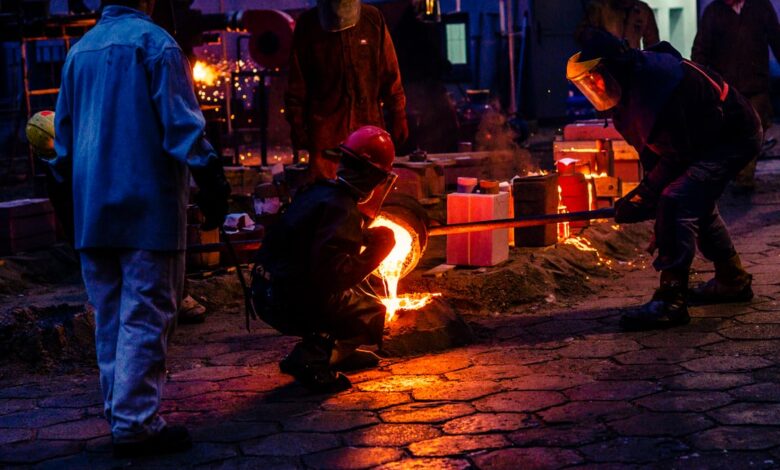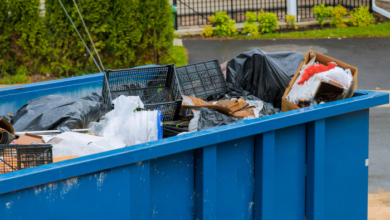Die Casting vs Sand Casting: What’s the Difference?

There are many different methods used to create metal products. From rotational molding to metal sheet forging, manufacturers use countless ways to form metal into a consumer-ready product.
The first step in creating a metal part for your customer is understanding the die-casting and sand-casting manufacturing processes. The more in-depth knowledge you have of these processes, the more you can make educated decisions when creating the product for your customer.
So, before you begin your next project, let’s compare die casting vs sand casting in this brief guide!
Key Factors to Consider
Die casting and sand casting are two standard methods used in metal casting. Die casting offers a faster production rate and higher precision due to a steel mold. This makes it ideal for mass production of small to medium-sized parts.
Sand casting allows for a wider variety of shapes and sizes, making it more versatile. However, it has a slower production rate and lower precision.
Overall, the decision between die casting and sand casting comes down to the specific needs and requirements of the project.
Strength vs. Detail
In terms of strength, die casting produces more robust and durable products as the metal is forced into a die under high pressure, resulting in a tight grain structure.
Sand casting allows for more intricate and detailed designs but sacrifices some strength due to the less dense structure of the sand molds. Die casting is ideal for items requiring strength, while sand casting is better suited for products prioritizing detail.
Efficiency and Precision
What is die casting? Die casting is a process that forces molten material into a mold using high pressure. This results in a precise and accurate final product with a smooth surface finish.
Sand casting is a less efficient process. While it may not be as precise as die casting, sand casting allows for more complex designs.
Environmental Impact
Die casting requires high pressure and temperatures, producing higher energy consumption and carbon emissions. On the other hand, sand casting has minimal waste and uses natural sand. This can be recycled and reused multiple times.
Sand casting does not release harmful chemicals into the environment. Green sand casting is the more eco-friendly choice between the two methods. It is a more sustainable option.
More info on this is available on the General Foundry website.
Material Selection
Die casting is ideal for aluminum, zinc, and brass materials, which can create complex shapes with high dimensional accuracy. On the other hand, sand casting uses a mold made of sand to pour molten metal, suitable for materials like iron and steel. This process is more cost-effective and ideal for larger, bulkier objects.
Material selection is crucial in determining a project’s most suitable casting method. It dramatically affects the quality and characteristics of the end product.
Understanding the Differences Between Die Casting vs Sand Casting
Die casting vs sand casting has unique characteristics, advantages, and disadvantages. Ultimately, the decision between the two techniques depends on the specific needs and requirements of the project.
Make an informed decision and get started on your casting project today!
To find more helpful tips, be sure to follow us!
You Might Also Like:



